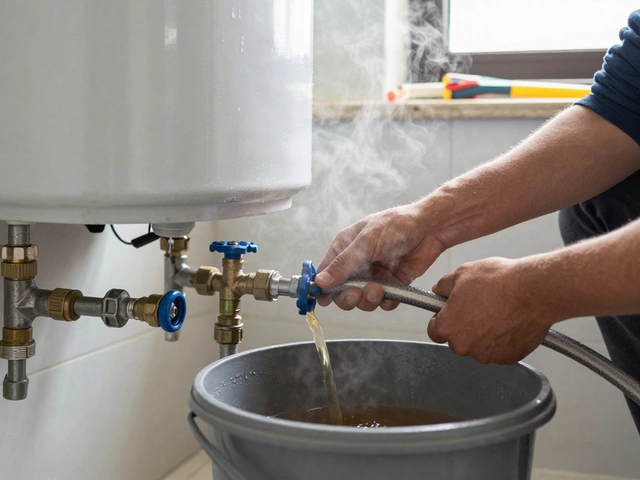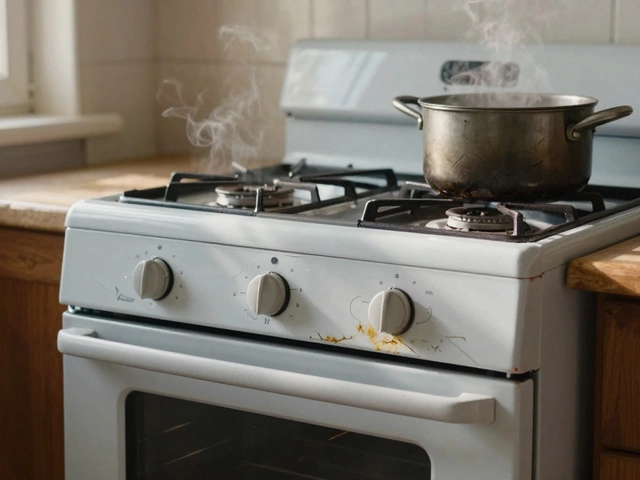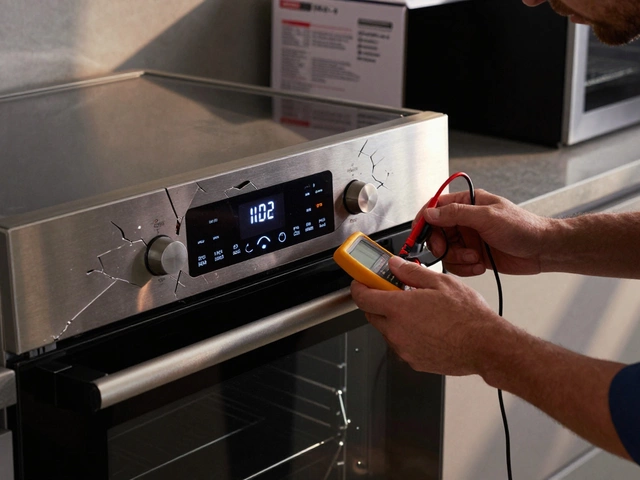Save Money on Appliance Repairs with Simple Strategies
We all hate surprise repair bills. The good news is you don’t have to be a pro to keep costs down. Below are everyday tricks that work whether you’re dealing with a noisy fridge, a stubborn oven, or a leaky water heater.
Know When to Fix and When to Replace
First step: decide if a repair is worth it. A quick rule of thumb is the 50% rule – if the part costs more than half the price of a new appliance, think about replacing. For example, a broken refrigerator compressor often exceeds that threshold, so a new fridge may be smarter.
On the other hand, a faulty oven element usually costs a fraction of a brand‑new oven. In our post "Repair or Replace an Electric Stove?" we break down exact 2025 costs so you can compare instantly.
Do Basic Checks Before Calling a Technician
Many issues are easy to spot. If your dishwasher isn’t draining, check the filter first – a clogged filter is the culprit 70% of the time. A noisy washing machine often just needs a level adjustment or a tightened bolt.
For electric ovens, a simple temperature test with an oven thermometer can tell you if the thermostat is off. If the read‑out is off by more than 20°C, you probably need a thermostat replace, which is cheap compared to a whole new oven.
These DIY checks save you a call‑out fee and give the technician a clear starting point, which can cut labor time by half.
Regular Maintenance Saves Big Bucks
Cleaning the condenser coils on a fridge once a year can improve efficiency and prevent compressor failure. A quick vacuum of the dryer vent removes lint that otherwise forces the motor to work harder and can cause a fire.
Water heaters benefit from flushing out sediment every 12 months. Sediment builds up, makes the heater work harder, and leads to premature failure. A simple hose flush takes 10 minutes and can add years to your unit’s life.
Shop Smart for Parts
When you need a part, compare a few online stores and look for refurbished options. A refurbished magnetron for a microwave can be 40% cheaper than brand‑new, and it works just as well.
Also, ask the repair tech if a generic part is compatible. For many appliances, a generic thermostat or heating element meets the same specs and costs far less.
Get the Right Professional
Not every handyman can fix a heat pump, and not every plumber can replace a boiler. Hiring a specialist avoids wasted trips and ensures the job is done right the first time. Our guide on "What Causes a Heat Pump to Fail" explains the warning signs that tell you a specialist is needed.
Look for technicians who offer a clear estimate before starting work. Transparent pricing lets you decide if the repair fits your budget.
Saving money on appliance repairs isn’t about cutting corners – it’s about being informed, doing simple maintenance, and knowing when a professional’s expertise actually saves you money in the long run.
Ready to tackle that repair? Start with a quick visual check, grab a cheap part if you can, and call a qualified tech only when the fix is beyond a simple DIY fix. Your wallet will thank you.
4 July 2025
·
0 Comments
Breaking down whether it's cheaper to fix your oven or buy a new one with practical insights, honest advice, and real repair vs. replacement costs.
Read more






